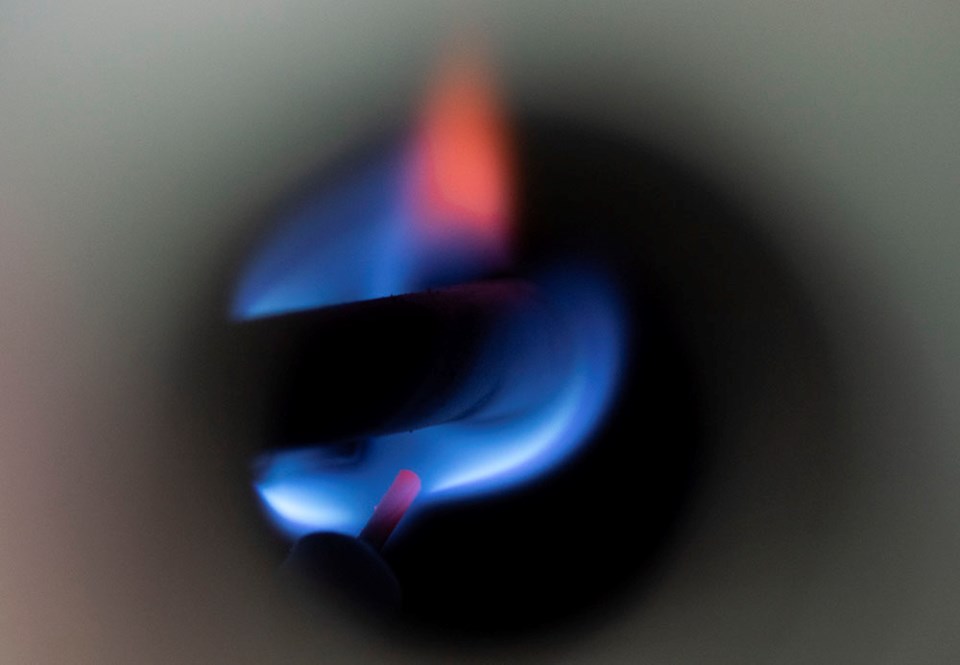Big news came out on Sunday. After a week of trying, the oil market was supposed to be fixed.
Saudi Arabia and Russia, as part of the OPEC+ group, had gotten everyone to sign on to a 9.7 million barrel per day reduction of oil production for two months.
For those who don’t pay attention to these things, that’s almost exactly the amount Saudi Arabia, itself, was producing before the price war started in early March, and the COVID-19 pandemic took hold worldwide in the weeks to follow.
President Donald Trump posted Monday on social media: “Having been involved in the negotiations, to put it mildly, the number that OPEC+ is looking to cut is 20 million barrels a day, not the 10 million that is generally being reported. If anything near this happens, and the world gets back to business from the COVID-19 disaster, the energy industry will be strong again, far faster than currently anticipated. Thank you to all of those who worked with me on getting this very big business back on track, in particular Russia and Saudi Arabia.”
That’s a big amount. Huge. Unprecedented. But is it enough?
No.
What’s your SUV getting for mileage these days? Mine is getting about three weeks per gallon. Demand in any of the COVID-affected nations has dropped like a stone. Empty highways and empty skies do not empty fuel tanks, nor do they empty refineries’ storage tanks.
What does all this mean for Canada?
The market didn’t think much of it, when it comes to Western Canadian Select (WCS). That’s the benchmark price for most of our oil production, principally from the oilsands and heavy oil regions. A few hours after Trump posted his comments, WCS was trading for US$3.96, down 43 cents or 9.79 per cent.
So much for an improvement, huh?
With these WCS prices, Canada, and more specifically Alberta, didn’t need to join any formal agreement of production cuts. The market will do that on its own.
We cannot produce oil, until now our most valuable export, for nothing. Alberta Premier Jason Kenney warned of negative pricing coming. That’s where you pay someone to take your product. We’ve already seen this in recent years in the natural gas market on occasion.
That’s simply unsustainable. We can’t do it.
So you crank everything down, and basically keep the bare minimum going. Reduce oilsands projects to the minimum amount of product to keep the plant operating. Our oilpatch could soon be reduced to the status of a pilot light. A little flame, flickering in the dark.
Canada’s oil production was 4.6 million barrels per day in December 2019. If major oilsands projects shut in, and drilling grinds to a halt, how much is that going to fall? One million barrels per day? Two, even?
The U.S. has already dropped 1.8 million barrels per day, compared to last year.
The impact on drilling in Canada is going to be profound. Last year’s drilling was horrendous, to put it bluntly. Most of the year saw roughly one-third fewer drilling rigs compared to the year previous, and let me tell you, 2018 was no banner year. There was a slight improvement in the first 10 weeks of this year, but that is well and truly over.
Mid-April is always the lowest point for the year, quite literally the middle of spring breakup. But this year spring breakup isn’t going to end with spring. It may not even end with summer. You have got to have a pretty darn good reason to want to drill when West Texas Intermediate is selling for US$22.39. Expiring mineral rights that require drilling before the lease ends are the only reason I can think of, and even then, it might be better to just give up those rights.
As more than one oil producer has told me, you get your best production in the first few months of a well, so why would you want to drill anything and give away those barrels for nothing?
Drilling for oil is going to all but cease until prices pick up substantially. If you’re a rig hand, you might want to apply for the Canada Emergency Response Benefit (CERB).
I would be remiss if I did not point out, again, that despite the Brent oil price also being garbage, it’s still garbage that was trading 8.03x higher than WCS. If we had built the Northern Gateway and Energy East pipelines, we might not be getting the Brent price for our oil, but we’d be getting something a lot better than what we are now.
I am repeating myself because this bears repeating. This, THIS, is what killing those pipelines has meant for us. We’re getting one-eighth of an already abysmal world price for our oil.
So will the giant 9.7 million barrels per day production cuts make a difference? They should, eventually. But it won’t be immediate. And it won’t be enough, either. It will take time to shut in that much production worldwide. I don’t think anyone truly knows how much demand destruction has occurred, or when it will be restored. In the meantime, every tank is being filled to capacity, with next-to-free oil.
That will not boost prices anytime soon.
Oil production is going to have to drop a lot more before prices start to come anywhere close to a level we can live with, and that’s going to hurt us all.
Brian Zinchuk can be reached at brian.zinchuk@sasktel.net.



